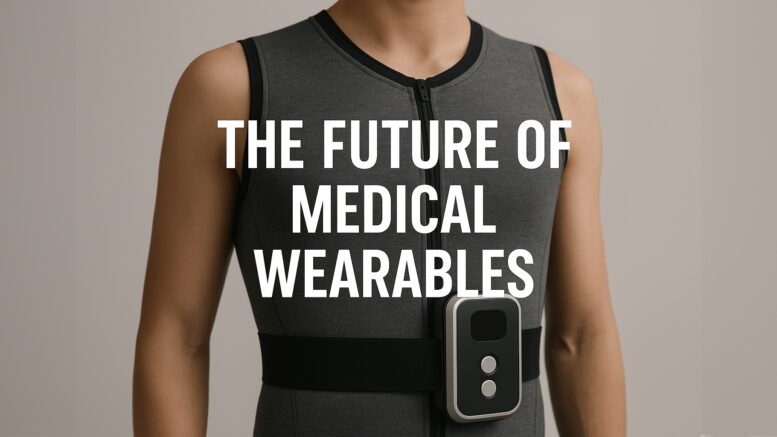As wearable health technologies advance, a quiet but critical shift is happening beneath the sensors and screens: the rise of smart textiles and precision-crafted garments. These are no longer futuristic concepts—they’re now the foundation of remote care, diagnostics, and proactive health monitoring. At Fieldtex, we see this future clearly because we help build it. As a medical sewing contractor, we specialize in bringing the fabric-based side of medical wearables to life, one smart seam at a time.
From Electronics to Embedded Apparel: Why Textiles Are the New Interface
For years, wearable tech meant something strapped to your wrist. Today, that form factor is evolving into clothing and patches you can barely see or feel. Smart fabrics allow health monitoring to happen inside the very garments patients wear, offering seamless, continuous data collection.
As noted in a Forbes Technology Council article by Nicola Sfondrini of PwC, “Sensor-embedded smart fabrics… monitor vital signs continuously, offering non-intrusive health tracking.” These fabrics are helping reshape not just how we track health—but how we live with it.
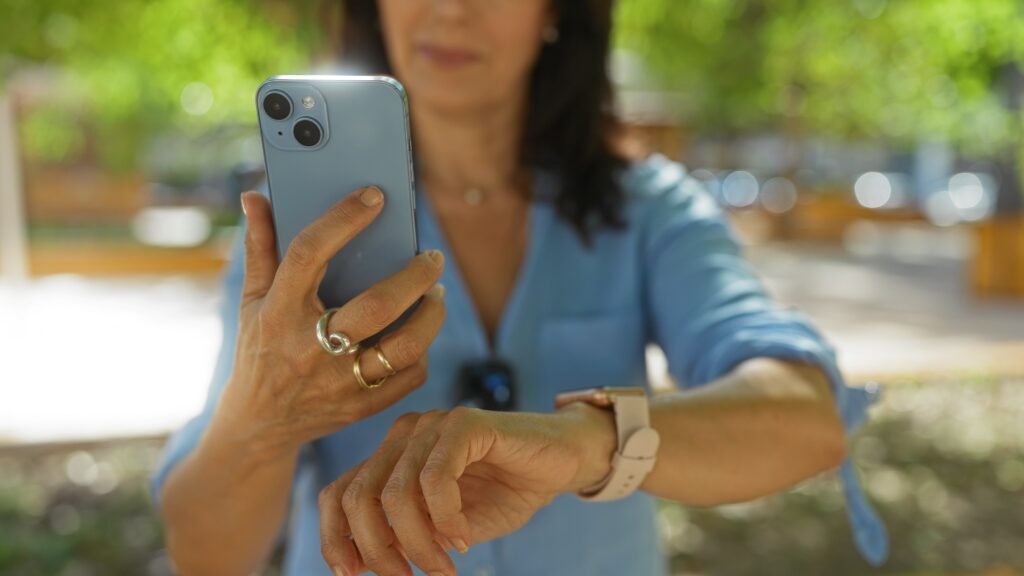
The Fabric of Clinical-Grade Data
Remote health monitoring only works when the data is clean, accurate, and constant. That begins at the textile level. A slight shift in a sensor’s position or a poorly sewn seam can mean the difference between a life-saving alert and a false reading.
In another Forbes Technology Council article, Medtronic’s Frank Chan highlighted that advanced sensors can enable timely, data-driven care interventions — a reminder that garment precision directly affects clinical outcomes. At Fieldtex, we understand that effective garment construction is essential to maintaining that critical sensor-skin contact across different body types and movements.
Designing for Innovation: What Sewing Brings to the Table
Medical-grade wearables require more than just stitching fabric together. Smart garments need:
- Precision placement of biosensors
- Handling of delicate conductive threads and smart yarns
- Integration with electronics while maintaining washability and comfort
As a medical sewing contractor, we collaborate with healthcare innovators to prototype and produce garments for everything from microfluidic patches and EKG vests to continuous glucose monitor enclosures.
We help translate big healthcare ideas into wearable realities.
A New Era in Remote Care Needs Better Garments
Wearable tech now allows patients to manage chronic conditions at home without sacrificing accuracy or comfort. Epidermal patches, smart compression gear, and therapy garments make it easier to detect anomalies, alert caregivers, and collect round-the-clock metrics.
Writing for Forbes, AT&T’s Sarath Babu Yalavarthi emphasized that epidermal wearables offer clear, continuous insight for clinicians, showing the power of textile-embedded diagnostics.
Behind this leap in care is the humble garment—precisely sewn, comfortably worn, invisibly intelligent.
Inclusive by Design: Serving Every Body
Mass-produced wearables often neglect diverse needs. But health doesn’t come in one size, and neither should medical wearables.
We support innovators working to build:
- Maternity care garments for high-risk pregnancies
- Wearables for plus-size or elderly patients
- Designs compatible with mobility aids
As cited by Forbes, Deepak Gupta of Cars24 described the movement toward hyper-personalization in health wearables, which increasingly rely on adaptive garments to serve diverse patient needs. The garment should follow the patient, not the other way around.
What’s Next in Wearable Innovation
Across the globe, designers are redefining what a medical wearable can be. Many of the most exciting advancements have been recognized by the James Dyson Design Award in recent years, and they all share one thing in common: the garment is just as important as the tech inside it.
To quickly compare how these innovations rely on textile precision, here’s a summary:
| Device Name | Purpose | Key Innovation | Textile/Sewing Need |
|---|---|---|---|
| Auxobrace | Post-surgical recovery | Vacuum-compression for sternum stability | Custom fit, layered construction |
| Myonics | Assistive tech for DMD | EMG cursor control via muscle intent | Comfort, flexible fit, repeatable attachment |
| KIMIA | Knee rehab tracker | Continuous joint motion sensing | Long-wear adhesives, sensor stability |
| Petit Pli | Growth-ready kidswear | Auxetic pleating expands with child | Flexible pleats, ergonomic shaping |
| VirtX | Sound-to-touch interface | Full-body electrotactile feedback | Electrode integration, soft-shell design |
| PhysioCircle | Rehab training vest | Force-sensing for therapy simulation | Durable vest structure, sensor mapping |

Auxobrace is a dynamic post-operative vest designed for patients recovering from open-heart surgery. Using vacuum-actuated auxetic structures, it provides on-demand compression to stabilize the sternum while remaining breathable and sleek. It exemplifies how sewn engineering and smart materials can ease recovery and improve outcomes.
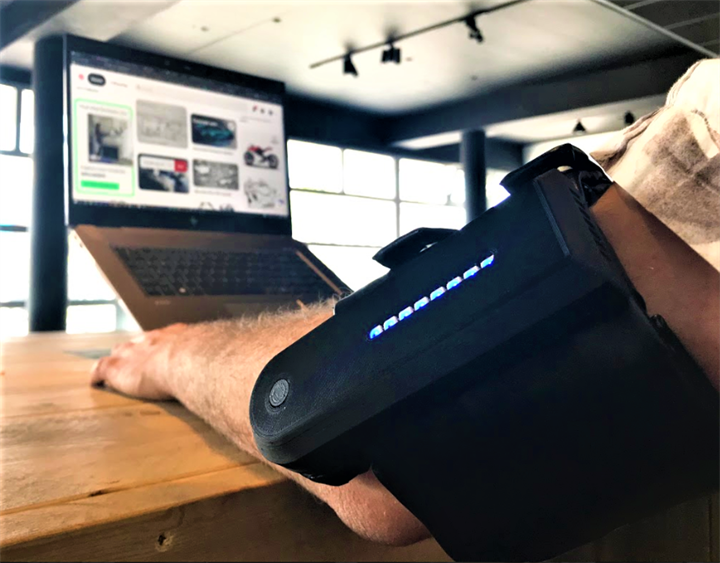
Myonics is a wearable EMG interface developed for men with Duchenne Muscular Dystrophy. Even when limb movement is lost, residual muscle signals allow users to operate computers using Myonics’ armbands. Its success relies on comfortable, repeatable placement and caregiver-friendly fastening—critical aspects of garment-based wearable design.
KIMIA is a sensorized knee wrap built for musculoskeletal rehabilitation. Its slim, adhesive-based mounting system ensures consistent data collection across days of use, without slipping. This kind of long-term, motion-sensitive tracking requires a fabric-first approach to stability, adhesion, and comfort.
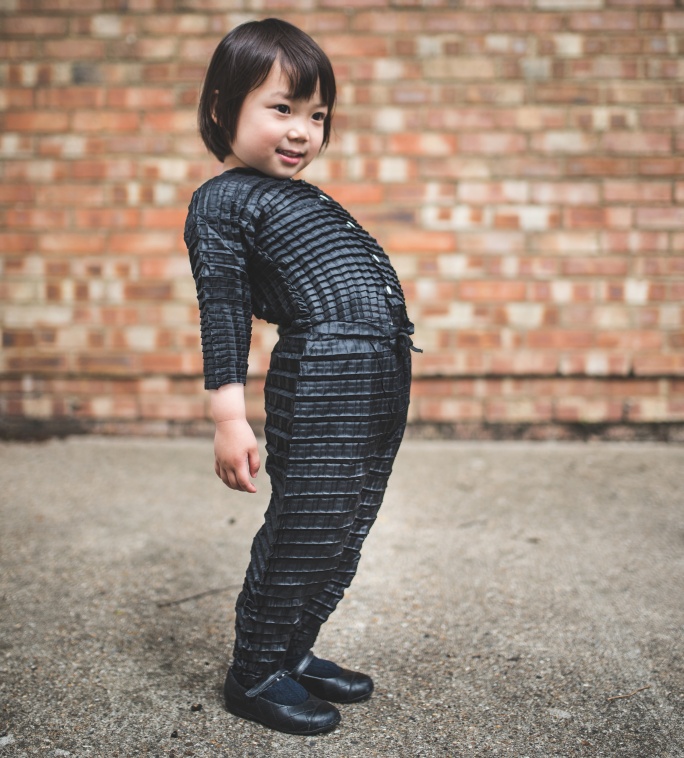
Petit Pli brings sustainability into the wearable conversation with outerwear that expands to fit a growing child. Though not a medical device, its use of pleated, auxetic textiles demonstrates how smart garment construction can create responsive, growth-adaptive clothing that reduces waste and improves daily function.
VirtX reimagines sensory assistive technology. Designed for the hearing-impaired, this full-body electrotactile suit converts sound into rich tactile feedback through woven electrodes. The garment becomes the interface, delivering high-resolution sensation without discomfort—and it shows what’s possible when e-textiles are scaled with precision.
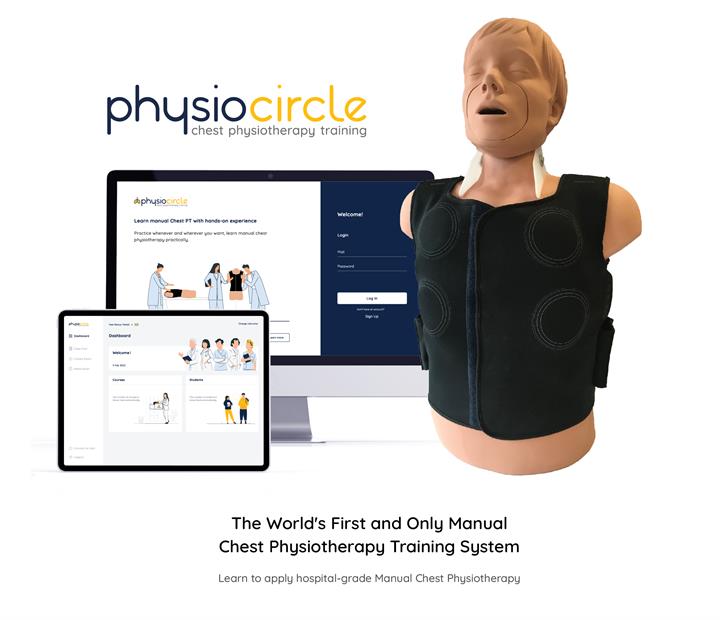
PhysioCircle is a training tool for chest physiotherapy education. Its smart vest, embedded with force sensors, helps students and caregivers learn to perform respiratory treatments effectively. It’s a powerful example of how wearable tech can extend beyond diagnostics into hands-on training—with accurate textile construction at its core.
These examples don’t just predict the future—they’re stitching it together. And in each one, garment design is not just a supporting role; it’s central to success.
Partnering with Innovators at the Fabric Level
At Fieldtex, we’ve been manufacturing sewn solutions since 1974. Today, we bring that legacy into the future of healthcare as a trusted medical sewing contractor. Our capabilities include:
- Smart textile assembly and integration
- In-house prototyping and short-run manufacturing
- Scalable, domestic production for clinical and military-grade wearables
If you’re designing the next generation of remote care, we’re here to help you sew it into reality.
Let’s stitch health innovation together.

